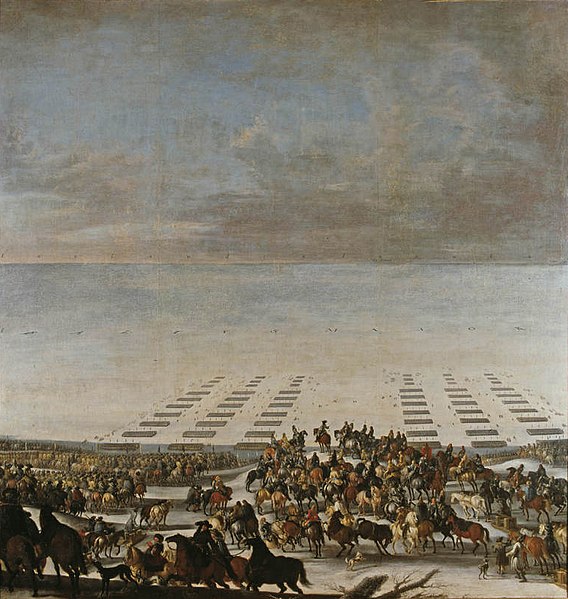The Little Ice Age (LIA) was a period of regional cooling, particularly pronounced in the North Atlantic region. It was not a true ice age of global extent. The term was introduced into scientific literature by François E. Matthes in 1939. The period has been conventionally defined as extending from the 16th to the 19th centuries, but some experts prefer an alternative timespan from about 1300 to about 1850.
The last written records of the Norse Greenlanders are from a 1408 marriage at Hvalsey Church, which is now the best-preserved Norse ruin.
The Frozen Thames, 1677
March Across the Belts, 1658
Winter skating on the main canal of Pompenburg, Rotterdam in 1825, shortly before the minimum, by Bartholomeus Johannes van Hove
François Émile Matthes was a geologist and an expert in topographic mapping, glaciers, and climate change. He mapped remote areas of the American West for the United States Geological Survey (USGS). His maps coincided with the development of those areas into national parks. He is one of the founders of the Association of American Geographers and served as its president. Matthes resolved a dispute about formation of the Yosemite Valley and his findings on glaciers introduced the terms nivation and Little Ice Age.
François E. Matthes





